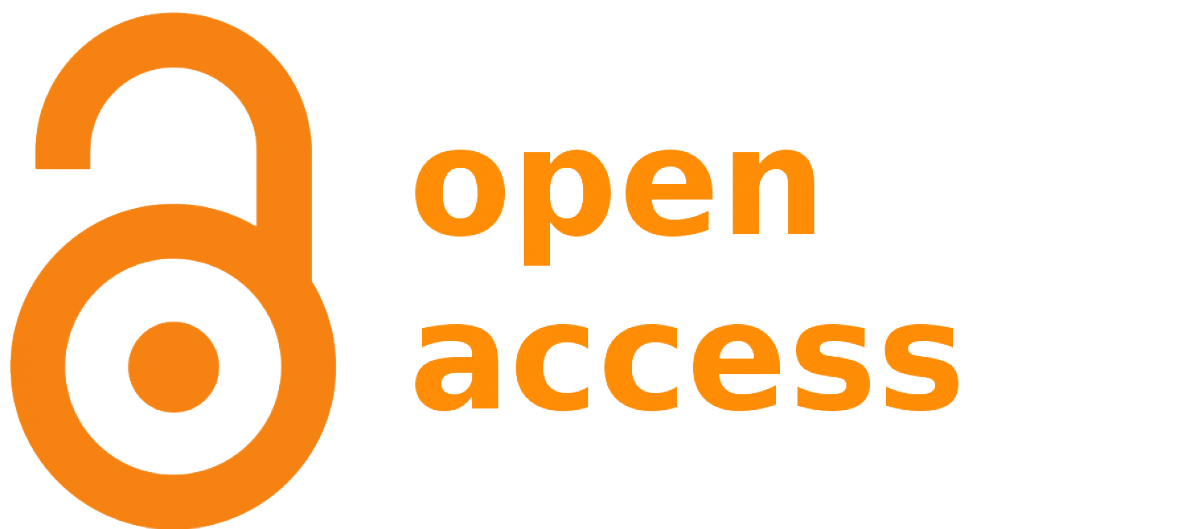Publication Date
6-27-2022
DOI
10.31986issn.2578.3343_vol4iss1.3
First Page
14
Last Page
30
Abstract
Introduction: Florida ranks 9th in states with highest prevalence of mental illness among homeless individuals. The state also ranks 43rd of 52 states in providing adequate access for mental health concerns in homeless individuals. This study surveyed people experiencing homelessness in Broward County to investigate utilization of healthcare and mental health resources and accessibility of the target population to adequate care.. Aims included a collection of demographics concerning homelessness such as age and gender, prevalence of mental illness, history of substance use and emergency department, and then correlating these with scores from a standardized depression rating scale (PHQ-2). Methods: The Community Based Participatory Research model was employed while working with local volunteer organizations. Participants completed an 18 question survey and PHQ-2 at three feeding sites in Broward County, totaling 136 participants. . Results: 100% of participants surveyed had an income below $12,488, thereby falling in the Affordable Care Act (ACA) coverage gap. 66% stated “none” for insurance, 67% screened positive for depression with the PHQ-2 questionnaire, while 57% acknowledged having mental illness. Only 19% reported using the ER during mental health emergencies but 80% of this population had at least 1 ER visit within the year. Individuals who reported no to the question, “In the past year, was there ever a time when you were prescribed a drug but were unable to get it”, scored 1.23 points lower (95% CI: -0.33,-2.12) on the PHQ-2 than individuals who were able to obtain medications. Individuals who reported history of binge drinking, substance use and thoughts of suicide scored 1.21 points higher (95% CI: -0.14,-2.28) on the PHQ 2 than individuals who responded no. Discussion: Our results suggest a majority of homeless individuals need further assessment concerning depression. Based on the utilization of the ER, healthcare resource awareness is inadequately approached. Programs available are underutilized due to lack of awareness, accessibility and outreach. These findings encourage redistribution of funding and further advocate for resources available to this population.
Recommended Citation
Kar, Jeena A.; Raj, Reeja; Hashmi, Ariba; Hossain, Tahia; Berko, Joshua; DeGaetano, Joseph S.; and Hardigan, Patrick
(2022)
"PHQ-2 Scores in Broward County’s Homeless: Prevalence, Barriers, and Proposed Solutions to Mental Health Disparities,"
Cooper Rowan Medical Journal: Vol. 4:
Iss.
1, Article 3.
DOI: 10.31986issn.2578.3343_vol4iss1.3
Available at:
https://rdw.rowan.edu/crjcsm/vol4/iss1/3
Creative Commons License

This work is licensed under a Creative Commons Attribution 4.0 License.
Appendix
Included in
Community Health Commons, Community Health and Preventive Medicine Commons, Mental Disorders Commons, Other Public Health Commons, Psychiatric and Mental Health Commons, Public Health Education and Promotion Commons








